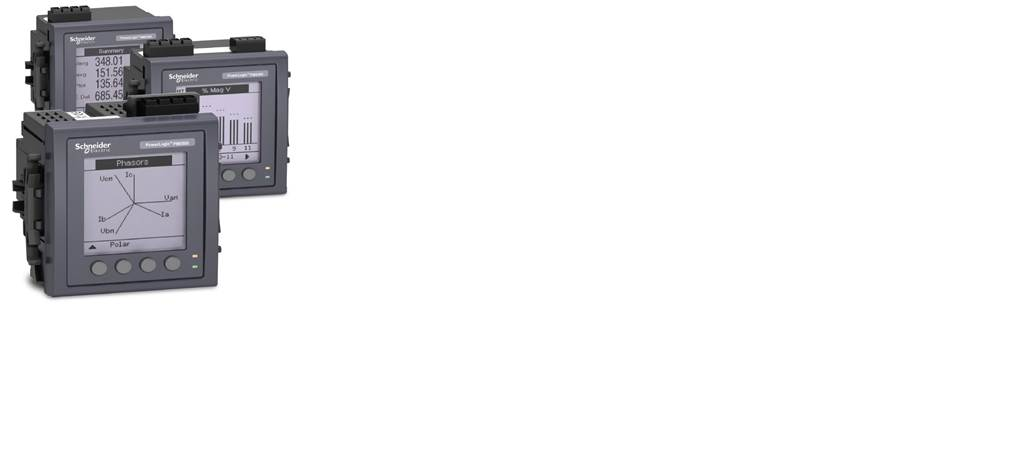Schneider Electric announces a new benchmark in high accuracy, high performance power metering
The PowerLogic PM5000 series unites high quality and simplicity in a compact meter that is ideally suited to energy cost management applications
Published On: 2013-10-10
New Delhi, October 10, 2013 — Schneider Electric today announced the introduction of the PowerLogic PM5000 series power meter. This newest addition to the PowerLogic portfolio of power and energy meters is engineered on a compact and high performance platform. A range of models cover the full spectrum of buildings and industrial applications, within a wide range of value propositions. The highly-accurate, reliable meters are compliant with IEC 61557-12, IEC 62052/53 and IEC 61053-22 metering standards: PM5100 and PM5300 models are class 0.5S while PM5500 models are class 0.2S. Each meter in the PowerLogic PM5000 series offers combinations of features intended to fully complement the requirements of energy cost management applications. Essential features such as different communication and I/O options, a battery-backed real-time clock, alarms, multiple tariff schedules, MID compliance and data and event logging ensure the PM5000 series has the capabilities to perform energy cost allocation and tenant metering / sub-billing.
“Because the PowerLogic PM5000 series is meticulously engineered for high-end energy cost management applications, it removes any uncertainty about allocation / billing for energy costs”, noted Mr. Nikhil Naraharikrishna, Marketing Head, Power Monitoring, Schneider Electric India. “Better still, it combines high quality and affordability in a meter that is simple to order, easy to use and installs without hassles. Any meter in the PM5000 series is an excellent tool to help you increase your operational efficiency, network reliability and business performance”, added Nikhil Naraharikrishna, Marketing Head, Power Monitoring, Schneider Electric India.
These high performance meters directly connect to networks rated up to 690 V L-L without potential transformers. Internal memory stores key information and data logging capacities enable energy management dashboards. The range-topping PM5500 models provide a fourth current input, onboard web pages for viewing real-time and stored information, enhanced harmonics capabilities, and dual Ethernet ports to daisy chain meters together without the need for an additional hub thereby saving costs.








